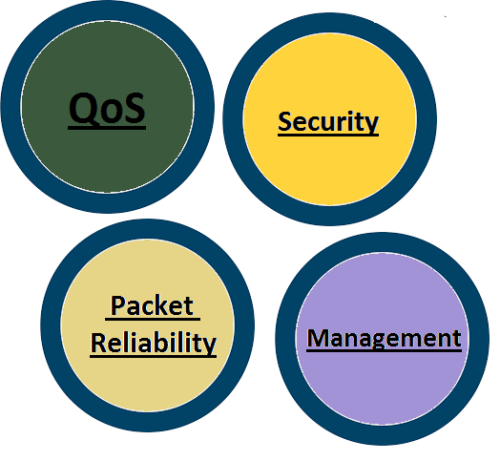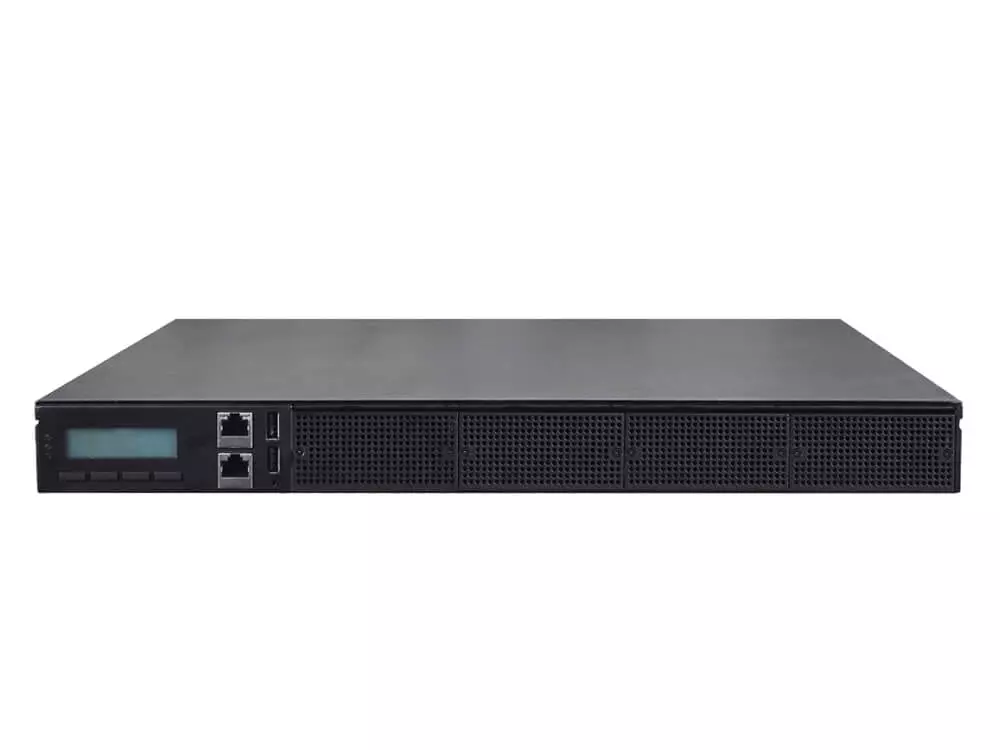All the ongoing effort towards NFV/SDN in the telecom and networking world is really starting to pay off, as companies can now easily deploy working software-defined WAN solutions using inexpensive ISP’s bandwidth coupled with industry standard x86 rackmount network appliances. SD-WAN solutions offer incredible benefits outside of the immediate savings in CAPEX, like exponentially faster deployment time in comparison to MPLS and cheaper bandwidth. In recent years, due to the increasing competition with SD-WAN solutions, MPLS network providers have lowered costs for their networks in order to remain competitive with improving solutions. Below I will detail the present advantages of MPLS networks over SD-WAN solutions and how solution vendors are overcoming them with improved technologies and architectures.

It will be easier to analyze the main advantages MPLS has over internet connections. It can be separated into 4 key areas: Reliable packet delivery, QoS/COS, service provider managed site-to-site connections and isolation-amped security.
Reliable Packet Delivery and QoS
Packet delivery is one of the most important selling point for MPLS Providers, as it directly affects their ability to supply Quality of service and COS (Class of service) for high priority traffic. Packet loss is the term used for when a packet is dropped over the course the transmissions. While MPLS is also run over shared infrastructure much like traditional internet it also virtually isolates traffic by, as its name implies, using special labels on packets. Any increase in packet loss percentage easily degrades real-time protocols like VoIP and Video conferences and live video feeds.
Since MPLS is a shared resource, you’ll be at times competing with others for bandwidth, processing and other elements which will inevitably lead to packet loss. MPLS vendors ease these concerns in the form of a SLA in the contract saying what percentage of packets can be dropped in any given moment (typically .1 to 1%). Besides the SLA, they also have prioritized QoS/COS slots, where one can run their packet critical traffic through. This is what separates an MPLS carrier, as traditional ISP really have no guarantees in term of packet delivery or QoS for pivotal traffic. What can be done with software to resolve this major problem?
The solutions
Before we can start looking at the issue of QoS/CoS, we must establish reliable packet delivery, after all what good is guaranteeing a packet is sent from my network on time when it’s just dropped elsewhere on the internet. There’s only really one effective solution for packet loss, and that’s to avoid it altogether.
One popular method when dealing with ISP’s is to provision 2 lines from 2 different providers that way, in case one link starts to experience packet loss, one can simply shift traffic onto the other line. This scenario also has the added benefits of redundancy in case of service provider downtime, and makes it possible for 99.9% uptimes. There are also techniques like FEC (Forwarding error correction) which can add more information to packets making it possible to reconstruct them without having to request it again. By utilizing a combination of these great technologies one can establish the backbone for providing reliable QoS and CoS.
Security
This advantage is afforded by design, as traffic is identified by unique labels so no one else can see the traffic in the shared network. But even this advantage is dwindling, given the fact that information is coming to light that shows how carriers have been cooperating government spying agencies. This makes it necessary to run your own encrption scheme ontop of the service providers MPLS network if youd wish to have true security. Some might even now consider this a point against MPLS now companies will want to run their own security equipment.

Lanner’s NCA-5510 High Performance x86 Rackmount Network Appliance for Enterprise Firewall, UTM and IPS
Solution
With the rise of NFV, SDN and open source, it’s become very simple to deploy your own security applications and encryption schemes. Running a simple VPN network can easily matchup with the security offerings of current MPLS networks. One popular security method is in the form of UTMs which integrate technologies like Firewall, VPN and encryption onto a standard rackmount network appliance. These appliances have features like redundant power-supply that go a long ways towards maintaining a 99.9% uptime.
Carrier management
This is an area where a little more effort will be necessary. In MPLS networks, the provider hosts all the infrastructure and equipment on their side, and companies connect to it using a consumer edge gateway. With a software-defined solution, it requires competent engineers to provision and deploy adequate on-site equipment for hosting the cloud network.
Solution
Companies will require either hiring capable network engineers to integrate a solution for them, or outsource a turn-key solution from vendors. There are an increasing number of network appliance vendors, private cloud network providers and solution vendors to choose from that provide cost-effective alternatives.
Conclusion:
Even if companies find themselves reluctant to jump onto the SDN bandwagon just yet, they can still reap the benefits of SDN through MPLS’s cost-reduction (due to the increasing competition). Many companies have renegotiated deals with MPLS vendors that differ 1.5/2 times compared to local ISP’s, as opposed to the usual difference of 10X.
All this opens the door for the hybrid offerings propping up, employing a mix of MPLS for critical applications and internet for broadband branch connectivity. This leverages the advantages of both offerings to provide a better overall network and shows just how much influence this shift is having on the enterprise industry as a whole.








